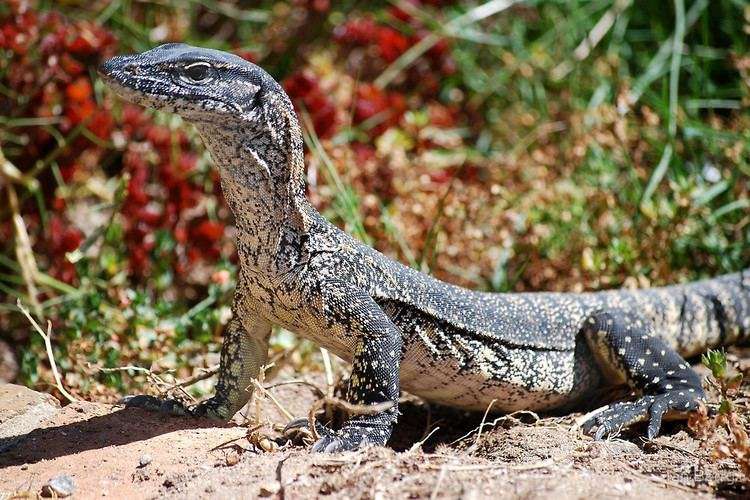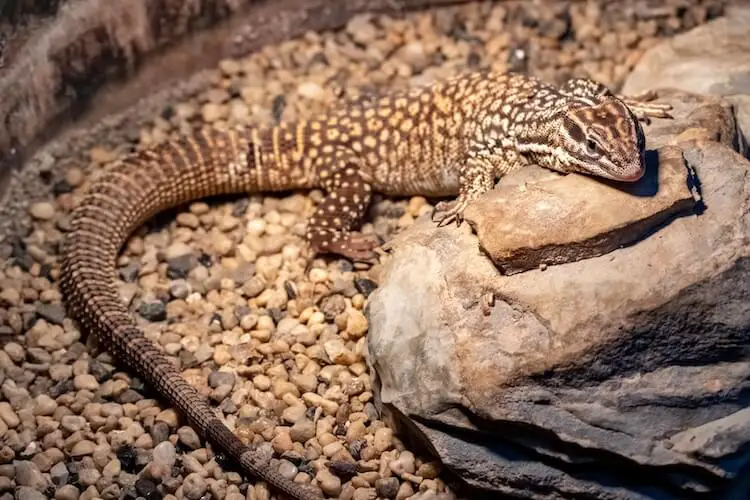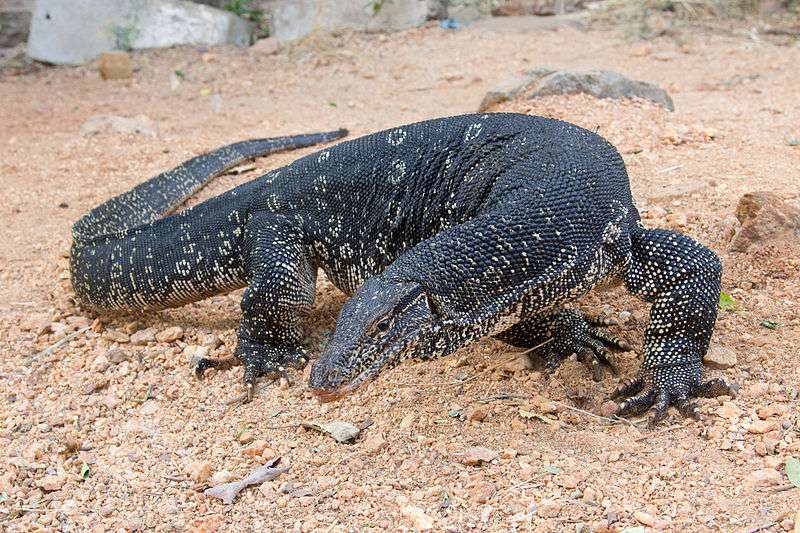
Description:
Scientific name: Varanus rosenbergi
Life span: Up to 25 years
The Rosenberg’s monitor lizards are very active and move fast. Rosenberg’s monitor lizards can grow up to a length of 1.5 meters. They have very strong and long limbs that help them to run. Their feet have sharp and strong claws that help them in climbing rough tree branches and higher elevations. This species of monitor lizard closely resembles Varanus gouldii. But they can be distinguished by their darker overall coloration, particularly the markings at the tip of the tail and underside and the recognizable black banding at the back and neck.
Native Region/Habitat
The Rosenberg’s monitor lizard is endemic to South Australia, Australian Capital Territory, Victoria, New South Wales, and Western Australia. They are most frequently found in Western Australia.

Behavior:
The Rosenberg’s monitor lizard is an opportunistic lizard that actively captures its prey. They are active predators. They feed on eggs, small birds, mammals, carrions, reptiles, invertebrates, Coleoptera, and Acrididae. The breeding pattern of these monitors lies in September-December. In January, these monitors mate throughout a 12-day period. The female lays up to 14 eggs in each batch and shields them until they hatch. They prefer hidden spaces, tunnels, and burrows to lay eggs so that they can avoid danger.
In the milder southern regions, the darker pigmentation of V. rosenbergi, a kind of melanism, enables a greater degree of body thermoregulation. While health monitors are primarily located in their tunnels during the coldest months of the year, they may occasionally sunbathe in the sun during the day or when the chance presents itself, resting in the dirt if it is warm or climbing onto trees to prevent a net heat loss. While keeping their body temperature 20 °C higher than the surrounding temperature, females can remain nocturnal.
Care As a pet/In captivity:
They are occasionally bred in captivity. The wild specimens are aggressive and can bite when handled. Provide branches for climbing and some rocks for hiding places. UV light is also important for them. You can feed it 2-3 times a week.
Table





